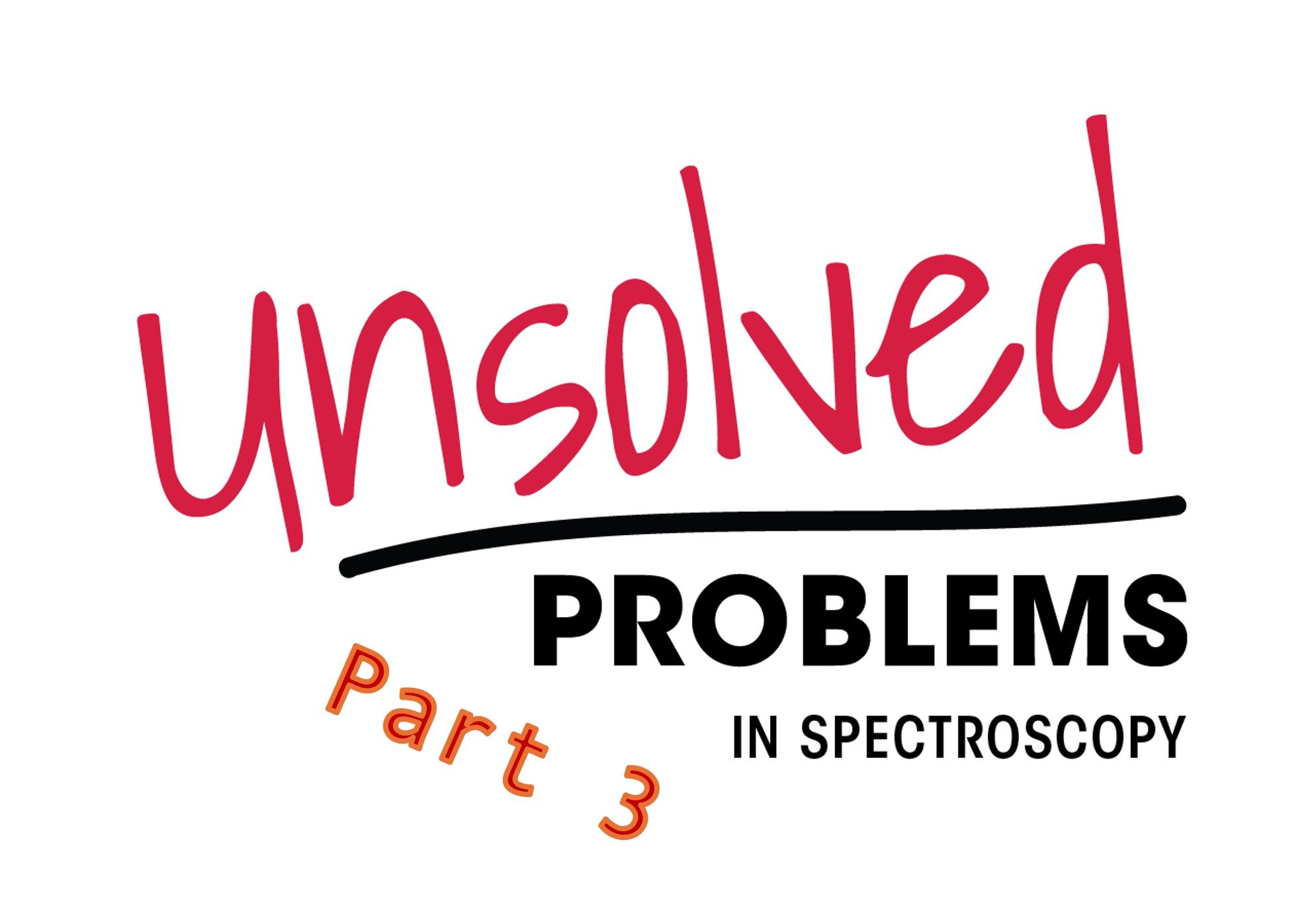
Data Analytics, Statistics, Chemometrics, and Artificial Intelligence
Latest News



Using a custom-built 785 nm Raman instrument, a recent study identified 14 pesticides and employed multivariate and machine learning techniques—particularly Random Forests (RF)—to automate classification. Readers will learn practical steps in spectral acquisition, spectral comparison across wavelengths, data preprocessing, and implementing machine learning models for real-world chemical monitoring (1).

This Icons of Spectroscopy Series article features Charles Kenneth Mann, a pioneer of quantitative Raman spectroscopy.

Researchers at Jiangnan University have developed a highly accurate method combining Raman spectroscopy with deep learning to monitor acid value in palm oil.

In a 2025 study, Indian researchers demonstrated that combining near-infrared (NIR) spectroscopy with aquaphotomics enables rapid, non-destructive detection of adulterants in honey by analyzing changes in water’s spectral behavior. Using chemometric models, they accurately identified and quantified six common adulterants, offering a powerful tool for food authenticity and quality control.

Researchers in Bangladesh have developed a rapid, non-destructive method to detect honey adulteration using UV-Vis-NIR spectroscopy paired with machine learning. Their findings could protect consumers and support food quality enforcement.

A new study used advanced techniques, including µ-Raman spectroscopy and machine learning, to map and predict microplastic pollution on São Paulo’s urban beaches.

A new review article highlights the growing use of random forest machine learning (ML) models in biomedical signal analysis, emphasizing their potential for detecting cell damage, assessing toxicity, and advancing diagnostic classification.

Near-Infrared Spectroscopy for Honey Authentication: A Practical Mini-Tutorial for Food Quality Labs
This tutorial introduces how NIR spectroscopy works for honey analysis, explores practical workflows, discusses real-world applications, and outlines best practices for implementing this technique in food labs.

Mississippi State University researchers show that mid-infrared (MIR), a.k.a. infrared (IR), portable spectrometers, combined with calibration transfer techniques, can match lab instruments for soil property analysis.
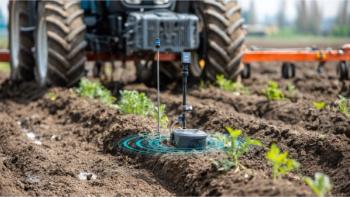
German researchers have demonstrated a portable Raman laser system that analyzes soil composition directly in agricultural fields, offering precise, real-time data for precision farming.

A recent study unveiled a new adaptive Raman spectroscopy and transformer-based model for fast, high-accuracy microbial classification.
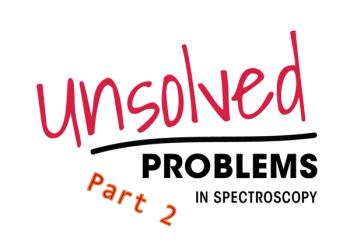
This tutorial addresses the critical issue of analyte specificity in multivariate spectroscopy using the concept of Net Analyte Signal (NAS). NAS allows chemometricians to isolate the portion of the signal that is unique to the analyte of interest, thereby enhancing model interpretability and robustness in the presence of interfering species. While this tutorial introduces the foundational concepts for beginners, it also includes selected advanced topics to bridge toward expert-level applications and future research. The tutorial covers the mathematical foundation of NAS, its application in regression models like partial least squares (PLS), and emerging methods to optimize specificity and variable selection. Applications in pharmaceuticals, clinical diagnostics, and industrial process control are also discussed.

Researchers from Nanjing University of Information Science & Technology have introduced a breakthrough AI-enhanced multimodal strategy for real-time detection of polyamide microplastics contaminated with heavy metals.

Irish researchers have developed a lightning-fast, label-free spectroscopic imaging method capable of classifying immune cells in just 5 milliseconds. Their work with broadband coherent anti-Stokes Raman scattering (BCARS) pushes the boundaries of cellular analysis, potentially transforming diagnostics and flow cytometry.

Chinese researchers have developed a cutting-edge cervical cancer diagnostic model that combines spontaneous Raman spectroscopy, CARS imaging, and artificial intelligence to achieve 100% accuracy in distinguishing healthy and cancerous tissue.

Researchers from Guangdong Polytechnic Normal University highlight how combining Raman spectroscopy with machine learning enables rapid, non-destructive, and highly accurate analysis of fruit quality, offering transformative potential for food safety and agricultural diagnostics.

Researchers in Scotland have developed a drone-mounted infrared imaging system that can detect and map methane gas leaks in real time from up to 13.6 meters away. The innovative approach combines laser spectroscopy with infrared imaging, offering a safer and more efficient tool for monitoring pipeline leaks and greenhouse gas emissions.
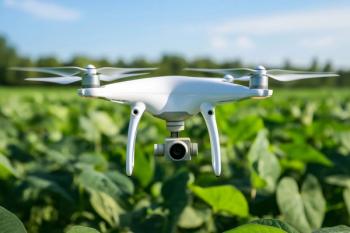
Researchers in Northeast China have demonstrated a new approach using drone-mounted multispectral imaging to monitor and predict soybean bacterial blight disease, offering a promising tool for early detection and yield protection.

A new study published in Geoderma demonstrates that combining soil spectroscopy with radar-derived vegetation indices and environmental data significantly improves the accuracy of soil organic carbon predictions in Brazil’s semi-arid regions.

A Virginia Tech study has combined drone-mounted NIR hyperspectral imaging (400 nm to 1100 nm) and AI to estimate soil moisture at root depths with remarkable accuracy, paving the way for smarter irrigation and resilient farming.

Researchers from Shanghai Jiao Tong University are harnessing artificial intelligence to elevate surface-enhanced Raman spectroscopy (SERS) for highly sensitive, multiplexed biomedical analysis, enabling faster diagnostics, imaging, and personalized treatments.
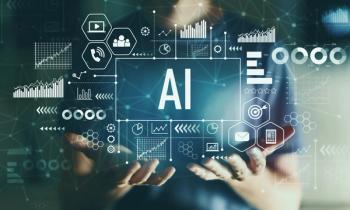
A new review led by researchers from MIT and Oak Ridge National Laboratory outlines how artificial intelligence (AI) is transforming the study of molecular vibrations and phonons, making spectroscopic analysis faster, more accurate, and more accessible.

Machine learning models and spectral analysis provide a scalable alternative to conventional trace metal detection.
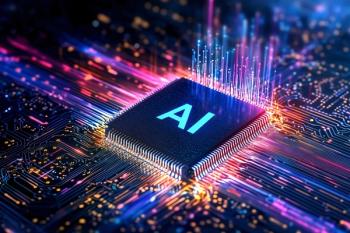
Researchers from Chinese universities have developed an AI-powered platform that combines near-infrared (NIR) and Raman spectroscopy for real-time monitoring and control of antibiotic production, boosting efficiency by over 30%.


